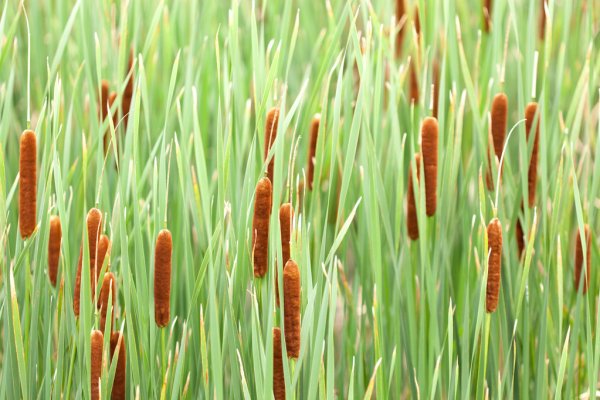The biobased home consists not only of biobased and natural materials but also living plants that play an active role in regulating temperature, supporting biodiversity and cleaning the surrounding air, water and land. Plants that grow in our backyard and clean our soil can eventually be used as building material within our homes.
The area surrounding our home has a significant impact on our health and wellbeing. When we think of neighborhoods we usually think of human-made structures and areas where humans live and gather. However, neighborhoods also include the earth beneath us, the air around us and of course all the life buzzing around us, that is, our non-human kin: plants, birds, insects, and other animals that share the same land with us.
Industrial activities such as chemical and fossil fuel processing along with agricultural effluents coming from excessive fertilizer and pesticide use are among the leading causes of soil pollution. As of 2014, there were approximately 250,000 sites in the Netherlands showing various degrees of soil pollution. Of these, 1,518 sites were seriously polluted.
Using plants and soil microbiota (bacteria and fungi in the soil) to clean contaminated soil and groundwater on-site is called phytoremediation. There are various techniques where contaminants are either locked into roots or degraded into simpler non-toxic molecules. Once these plants have absorbed these contaminants, the question arises “What do we do with these plants?” This is something still being investigated by scientists. In the meantime, some of these plants could be used as construction material in a biobased home.
There are some examples of where you can find phytoremediation in action. On a visit to Westergasfabriek in Amsterdam, you can see how Willow trees have been used to clean up an industrial site where the soil and groundwater was polluted from a former coal and gas factory that was operational from 1885 to early 1990s.
Another great example of phytoremediation in action is the former shipyard and waste incineration site, now known as De Ceuvel. Since 2012, regeneration of the site has begun.
